Hi need some help with newly planted landscaping in central Florida.
Amy10N
last year
Featured Answer
Sort by:Oldest
Comments (7)
floral_uk z.8/9 SW UK
last yearRelated Discussions
Central Florida Pool Landscape advice
Comments (7)2x triple stalk Xmas Palms 8'(NE corner) - These are not going take the cold. There are several Veitchii that will and the look similar to Adonidia 2x triple stalk Date Palms 8'(NW corner) - Bad choice due to maintenance. Around a pool deck, stay with self-cleaning palms that don't have spines. 1x Spindle Palm (N, center backyard) - I would use more of these, replace the Date Palms with them. 2x Orange Bird of Paradise (N side of yard on both sides of spindle palm) - Not cold tolerant. 1x Bird of Paradise (E side of yard, by it self) - There are those who love this plant, personally, I think once they start to reach around 10' they get ugly. Regardless, I doubt this one will take a cold snap and as a standalone piece, it will eventually stand out like s sore thumb. Consider a flowering tree if the space is far enough from the pool. 1x Bottle Palm (W side of yard) - Very slow growing and not as cold tolerant as its brother the Spindle. 4x Xanadu (filler) - The worst of these are in gas stations, the best in Century Village. There are a lot more plants to choose from that will look good for a much longer period of time. 2x Red Hawaiian Ti (filler color) - These look good in a mass, two is not a mass. I would doubt Ti plants can take much cold. 2x yellow green color Ti's - ditto You do tropical in zone 9, you just need the right plants. Take a drive around your neighborhood to a radius of at least 5 miles, and see what grows there. Keep in mind that water restrictions are here to stay; don't put stuff in the ground that you're going to have to flood to keep alive....See MorePlant IDs from central Florida
Comments (17)The rosary-pea is all over at my central florida place. When I first saw it some years ago I could see that it was a legume and was toying with the idea of cooking and eating it but fortunately I asked on this forum first and was tipped off about its toxicity. I did some reading back then and learned that it is native to parts of southeast asia and was occasionally used as a famine-food, apparently if cooked properly and not eaten too much it can be digested (obviously I don't know whether this is valid or not). Raw it has been know to kill people, apparently. However the seeds are so hard that I think a person would nearly break their teeth trying to crack the seeds, the whole seed apparently will pass through undigested....See MoreLandscaping help!- Front yard zone 10b- Florida
Comments (25)Don't listen to the guy above about ditching the arches, use them to make a new orleans style courtyard out of them, google "new orleans style courtyard". Put a small water feature on the patio. I would then drill in some eye ancor bolts directly into the brick and use some wire to train 5 bouganvilla "20$ each large", Purple, Red, Purple, Red, Purple going up the brick and espalier them off to the brick. "est 150-200$" Take that windmill palm to the left, remove the ciruclar pavers, take the bed about two feet wider, replace with a tan rock to match your house and use fabric underneath "est 50$". I will also say something, so many people put shrubs and trees right up against the house and its a huge no no more often than not. You can use stratigic stuff like cannas, dwarf promgranite, ginger, etc to get the same look of whatever your going for without blocking your view from the house. In saying that, I think you need to have something that gives your house some mystery. That large tree is a huge focal point. I also don't like the hedge in the front which kind of looks like legustrum. I agree with the bottle brush row between the neighbors house out the right side as I think it would be nice to have the privacy. I would go from the large tree to the black driveway and take the grass out from there to the street. Then would add in daylillies, coleous, sweet potatoe vine, birds of paradise, amongst other things. I would also put a couple of orchids on the iniside wall of the arches so you could see them from your house....See MoreHelp with design layout - central Florida
Comments (9)The biggest impediment to a cottage style garden is the bland architecture of the house itself. That could probably be remedied with some ornamentation of the house facade, but that will be left to the architect minded. As for the garden, creating a courtyard in front of the house with a short, 3-4 foot fence, would be a good way to implement a cottage feel. The fence should go all the way to the right front corner of the house. Plantings outside the fence will add to the cottage effect. The front walkway and landing should be redone. Those narrow beds between the house and walk under the eaves are a pain. Do a new wider walk. Move the driveway entry of the front walk further away from the house and make the bed against the house bigger or eliminate it. Consider turning the landing by the front door into a small patio that comes out of the recessed entry and extends over to the first window. There are plenty of short tropical flowering perennials, groundcovers and shrubs to get a cottage garden feel plant wise. It will be a completely different plant palette from Va. though. The two trees in the lawn look a bit sickly. What looks like a jacaranda on the right might be inside the courtyard. If it is unhealthy, take it out before doing a new garden....See MoreAmy10N
last yearAmy10N
last yearbea (zone 9a -Jax area)
last year
Related Stories
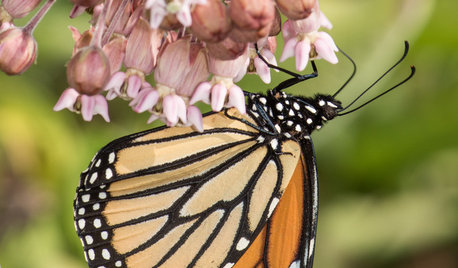
FLOWERS AND PLANTSHelp Monarchs and Other Butterflies by Planting Common Milkweed
Summer-blooming Asclepias syriaca is an important larval host plant for the monarch butterfly and attracts a number of pollinating insects
Full Story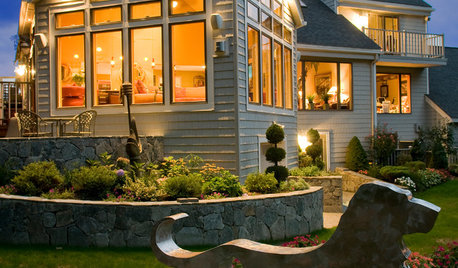
PETS6 Ways to Help Your Dog and Landscape Play Nicely Together
Keep your prized plantings intact and your dog happy too, with this wisdom from an expert gardener and dog guardian
Full Story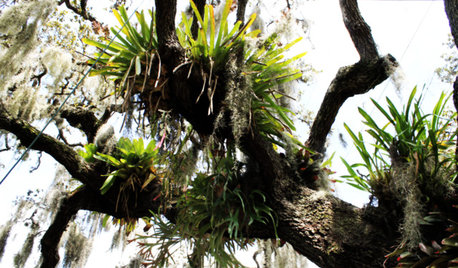
GARDENING GUIDESGot a Hot, Humid Landscape? Add Tropical Flair With Air Plants
Turn tree trunks and walls into lush canvases with plants adapted to the canopies of the rainforest
Full Story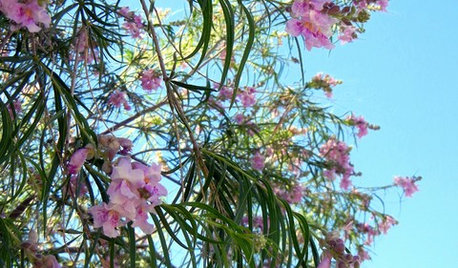
LANDSCAPE DESIGNGreat Design Plant: Paint the Summer Landscape With Desert Willow
If the vibrant flowers of this Southwestern native tree don't blow you away, the hummingbirds, fire resistance and low maintenance will
Full Story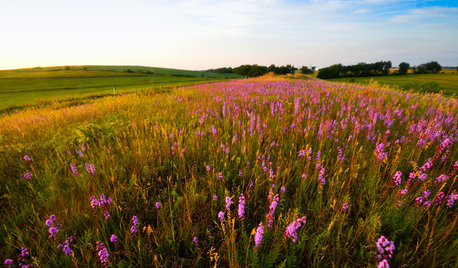
GARDENING GUIDESHelp Fuel the Monarch Migration With These 6 Prairie Plants
Try these nectar-rich beauties and help autumn monarchs
Full Story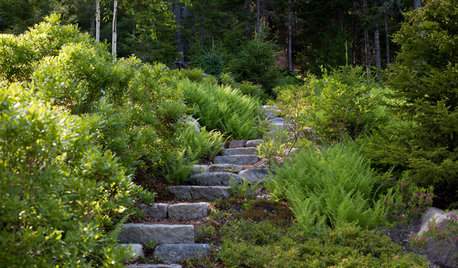
GARDENING GUIDES6 Questions That Will Help You Pick the Best Plants for Your Site
Before you head to the nursery, learn more about your outdoor space
Full Story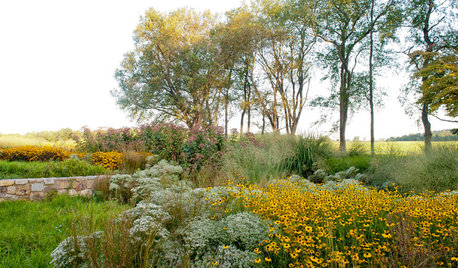
GARDENING GUIDES10 Essential Wildflowers for the U.S. Central Plains
Focusing on prairie wildflowers supports the most wildlife in a low-maintenance Plains landscape
Full Story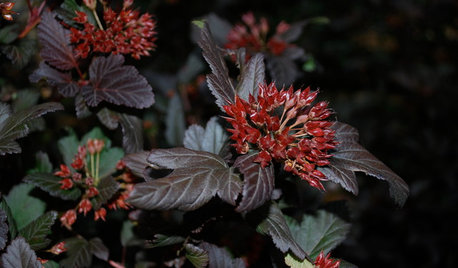
LANDSCAPE DESIGNGreat Design Plant: Sun-Loving Ninebark Puts on a Color Show
This tall, dark and handsome native shrub is equally at home in jeans and boots or in a suit and tie
Full Story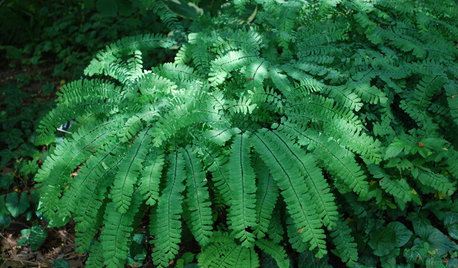
GARDENING GUIDESGreat Design Plant: Northern Maidenhair Fern Softens Shade Gardens
Stir up some romance in dark corners with the billowy fronds of native Adiantum pedatum
Full Story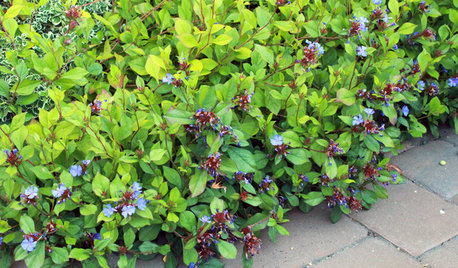
GARDENING GUIDESGreat Design Plant: Plumbago
A multifacted ground cover with an enormous range, plumbago solves landscape problems with panache
Full Story


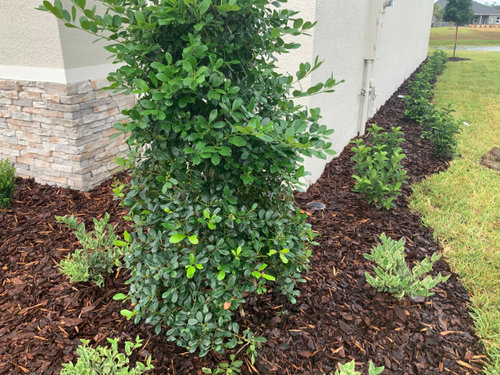

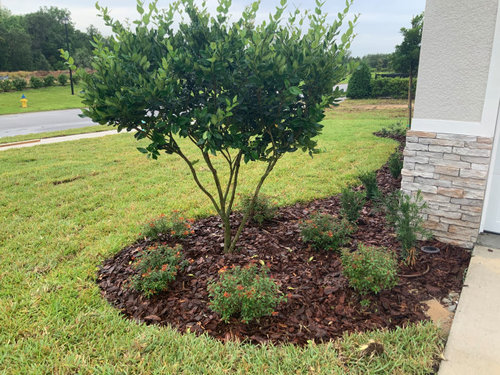
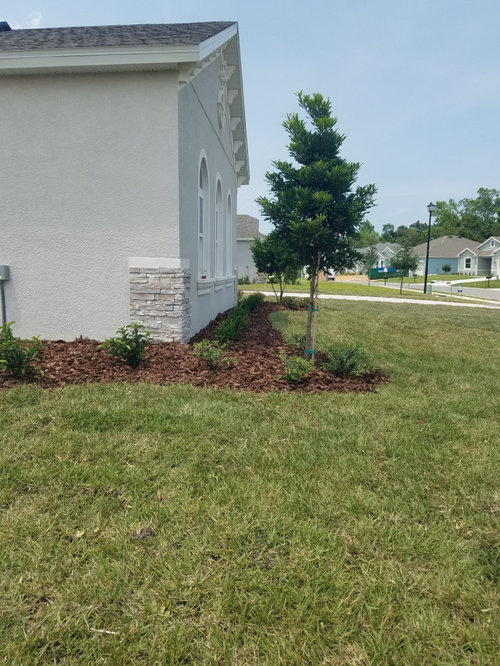

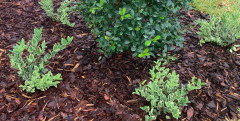
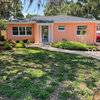
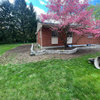

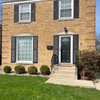
carolb_w_fl_coastal_9b